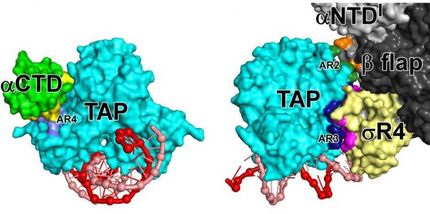A new energy source from the common pea
Tel Aviv University scientists create a solar energy device from a plant protein structure
Advertisement
If harnessing the unlimited solar power of the sun were easy, we wouldn't still have the greenhouse gas problem that results from the use of fossil fuel. And while solar energy systems work moderately well in hot desert climates, they are still inefficient and contribute only a small percentage of the general energy demand. A new solution may be coming from an unexpected source - a source that may be on your dinner plate tonight.
"Looking at the most complicated membrane structure found in a plant, we deciphered a complex membrane protein structure which is the core of our new proposed model for developing 'green' energy'," says structural biologist Prof. Nathan Nelson of Tel Aviv University's Department of Biochemistry. Isolating the minute crystals of the PSI super complex from the pea plant, Prof. Nelson suggests these crystals can be illuminated and used as small battery chargers or form the core of more efficient man-made solar cells.
To generate useful energy, plants have evolved very sophisticated "nano-machinery" which operates with light as its energy source and gives a perfect quantum yield of 100%. Called the Photosystem I (PSI) complex, this complex was isolated from pea leaves, crystalized and its crystal structure determined by Prof. Nelson to high resolution, which enabled him to describe in detail its intricate structure.
"If we could come even close to how plants are manufacturing their sugar energy, we'd have a breakthrough. It's therefore important to solve the structure of this nano-machine to understand its function," says Prof. Nelson, whose lab is laying the foundations for this possibility.
Since the PSI reaction center is a pigment-protein complex responsible for the photosynthetic conversion of light energy to another form of energy like chemical energy, these reaction centers, thousands of which are precisely packed in the crystals, may be used to convert light energy to electricity and serve as electronic components in a variety of different devices.
"One can imagine our amazement and joy when, upon illumination of those crystals placed on gold covered plates, we were able to generate a voltage of 10 volts. This won't solve our world's energy problem, but this could be assembled in power switches for low-power solar needs, for example," he concludes.





















































